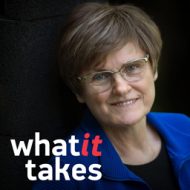Doing science is fun. When you are looking for some problem to solve and you think, ‘It must be known’... in the middle of the night, it's already 2 o'clock, 3 o'clock in the morning, you realize you didn't sleep, but you are so excited to find that it must be known.
From a modest home in rural Hungary to the forefront of global health innovation, Katalin “Kati” Karikó’s journey is a testament to the transformative power of human curiosity and resilience. This unassuming start, far removed from the world of high science, set the stage for her to alter the course of medicine through her pioneering work with mRNA technology—a feat that would one day save millions of lives during a global pandemic.
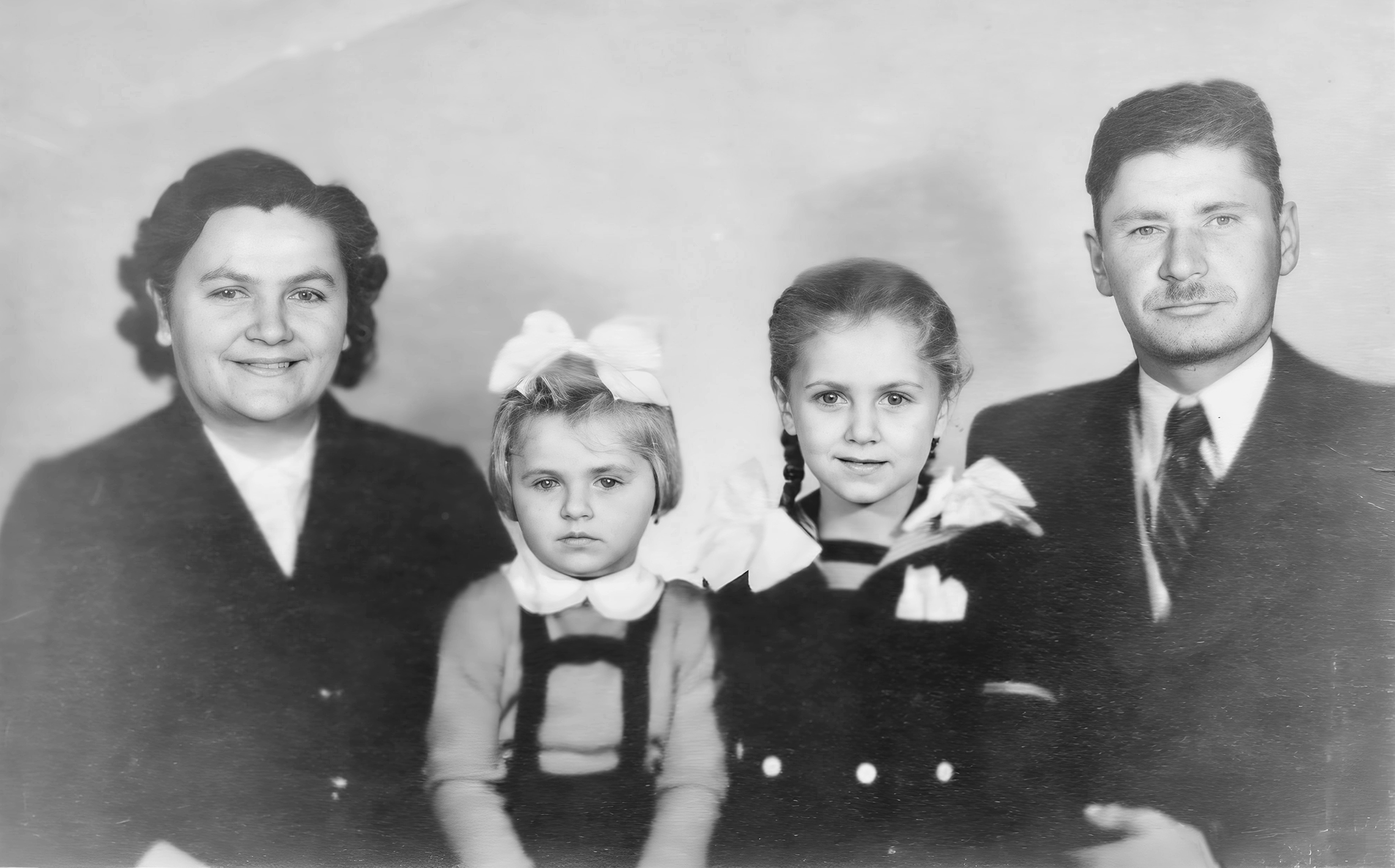
Born on January 17, 1955, in Szolnok, Hungary, Katalin was raised in the small town of Kisújszállás, in a modest home. Her family lacked not only modern conveniences like running water, a refrigerator, or television but also the basic comforts many take for granted. Despite these conditions, or perhaps because of them, Katalin developed an early and profound appreciation for the natural world around her. Her father, a local butcher, and her mother, a bookkeeper, provided a nurturing environment that encouraged curiosity and learning. Katalin’s father also played the violin and other instruments, filling their home with music and an enduring sense of joy and enthusiasm. This vibrant, creative atmosphere played a crucial role in shaping Katalin’s perspective on life and learning, instilling in her a relentless pursuit of knowledge.
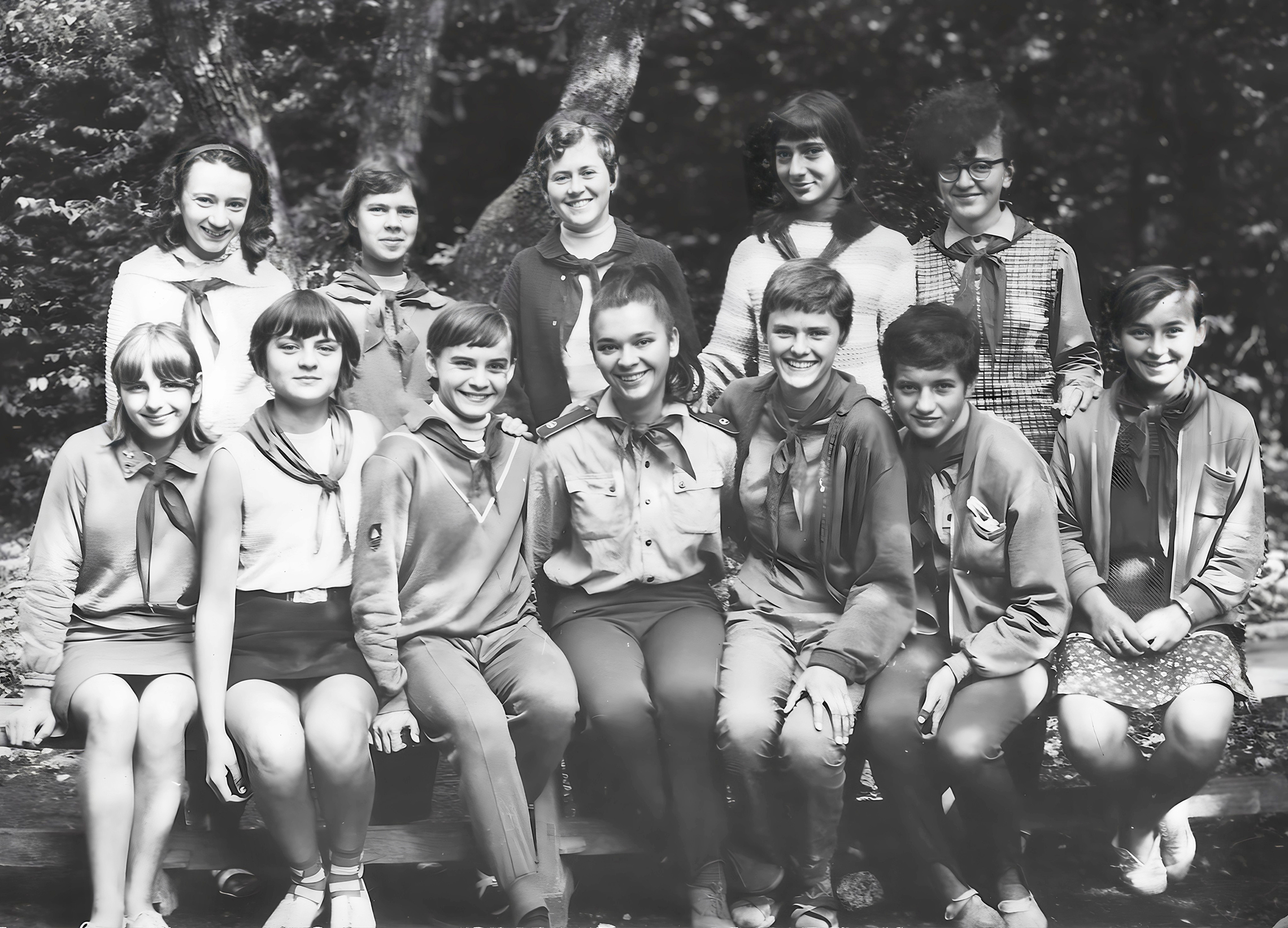
One particularly defining episode from her childhood was her participation in a week-long science competition in Budapest. At just 14 years old, Katalin traveled nearly 150 kilometers from Kisújszállás to Hungary’s capital—a significant journey for a young girl from a small town. Accompanied by another young schoolmate, she ventured into what was for her a vast and unknown city, carrying not just the hopes of her school but also the pride of her family. Her father, who had lovingly seen her off on the train, learned of her success only upon her return. Katalin’s third-place finish was more than an academic victory; it was a profound affirmation of her capabilities and potential, celebrated joyously by her father and her community.

Fueled by this early recognition, Katalin pursued higher education with zeal. She earned her BSc in biology in 1978 and a PhD in biochemistry in 1982 from the University of Szeged. Despite facing significant challenges, including political coercion under Hungary’s Communist regime, she remained steadfast in her commitment to science.
Katalin Karikó’s early academic endeavors in the United States laid the foundation for her pioneering work in RNA technology. In 1985, after leaving Hungary amidst a politically tense atmosphere that threatened her scientific ambitions, Karikó began a postdoctoral fellowship at Temple University in Philadelphia. During this period, she was involved in cutting-edge clinical trials that utilized double-stranded RNA (dsRNA) to treat patients with AIDS, hematologic diseases, and chronic fatigue syndrome. This research was groundbreaking at the time, exploring the molecular mechanisms of interferon induction by dsRNA, a process that was not well understood despite the known antiviral and antineoplastic effects of interferons. Her work at Temple marked an important phase in her career, deepening her expertise in RNA mechanisms and setting her on the path to future discoveries.
In 1989, Karikó’s career took a pivotal turn when she joined the University of Pennsylvania to work with cardiologist Elliot Barnathan on messenger RNA (mRNA). This collaboration began just as interest in mRNA was starting to wane within the scientific community. In 1990, while serving as an adjunct professor at the Perelman School of Medicine at the University of Pennsylvania, Karikó submitted her first grant application to establish mRNA-based gene therapy.
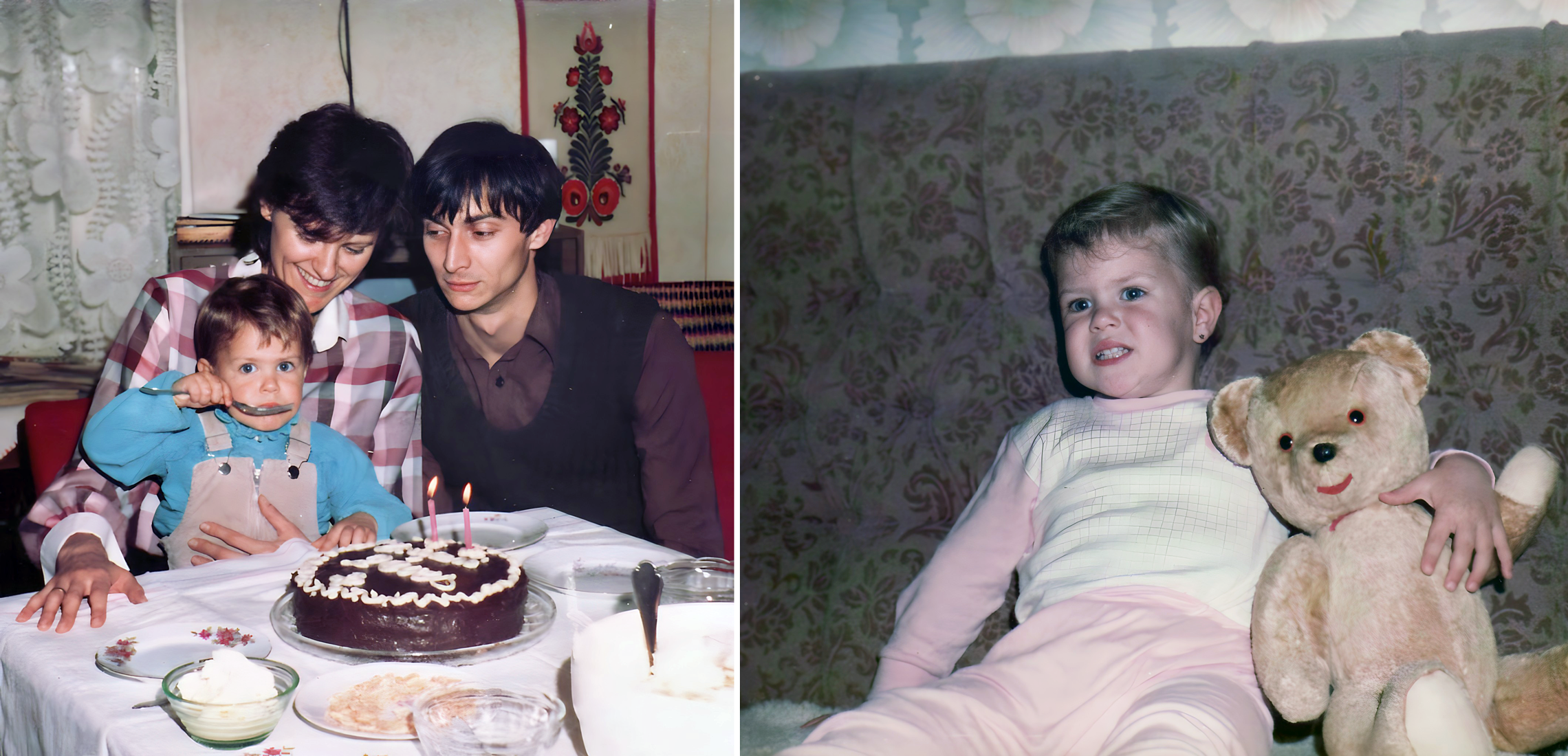
Despite the initial excitement, mRNA technology soon fell out of favor, viewed skeptically by many researchers and pharmaceutical companies. Support from Barnathan and later from David Langer, who hired her after Barnathan left UPenn in 1997, was crucial, yet funding remained elusive. Karikó was on track for full professorship, but repeated rejections of her grant applications led to her demotion in 1995. Still, she chose to continue her research on mRNA, a decision that underscored her commitment to her scientific vision.
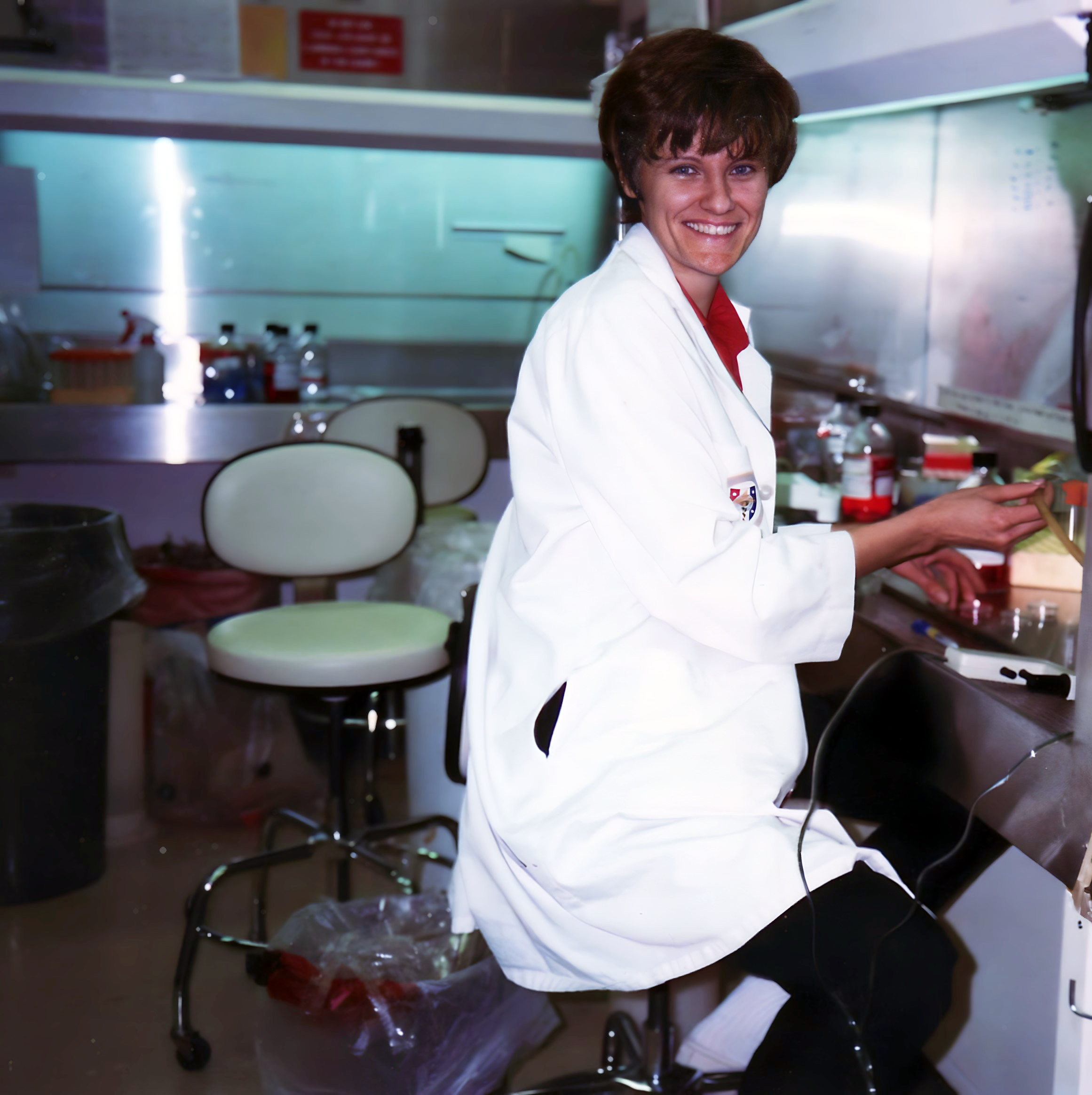
Karikó’s perseverance paid off in 1997 when she met Drew Weissman, a professor of immunology who had recently joined the University of Pennsylvania. The synergy between Weissman’s expertise in immunology and Karikó’s in biochemistry proved highly productive. Together, they tackled the challenges of mRNA technology, gradually overcoming scientific skepticism. Weissman’s ability to secure funding was instrumental in sustaining their collaborative research. Their relentless effort and innovative approach led to significant breakthroughs, including the discovery of modifications to mRNA that significantly reduced its immunogenicity, thereby making it a viable candidate for vaccine development.
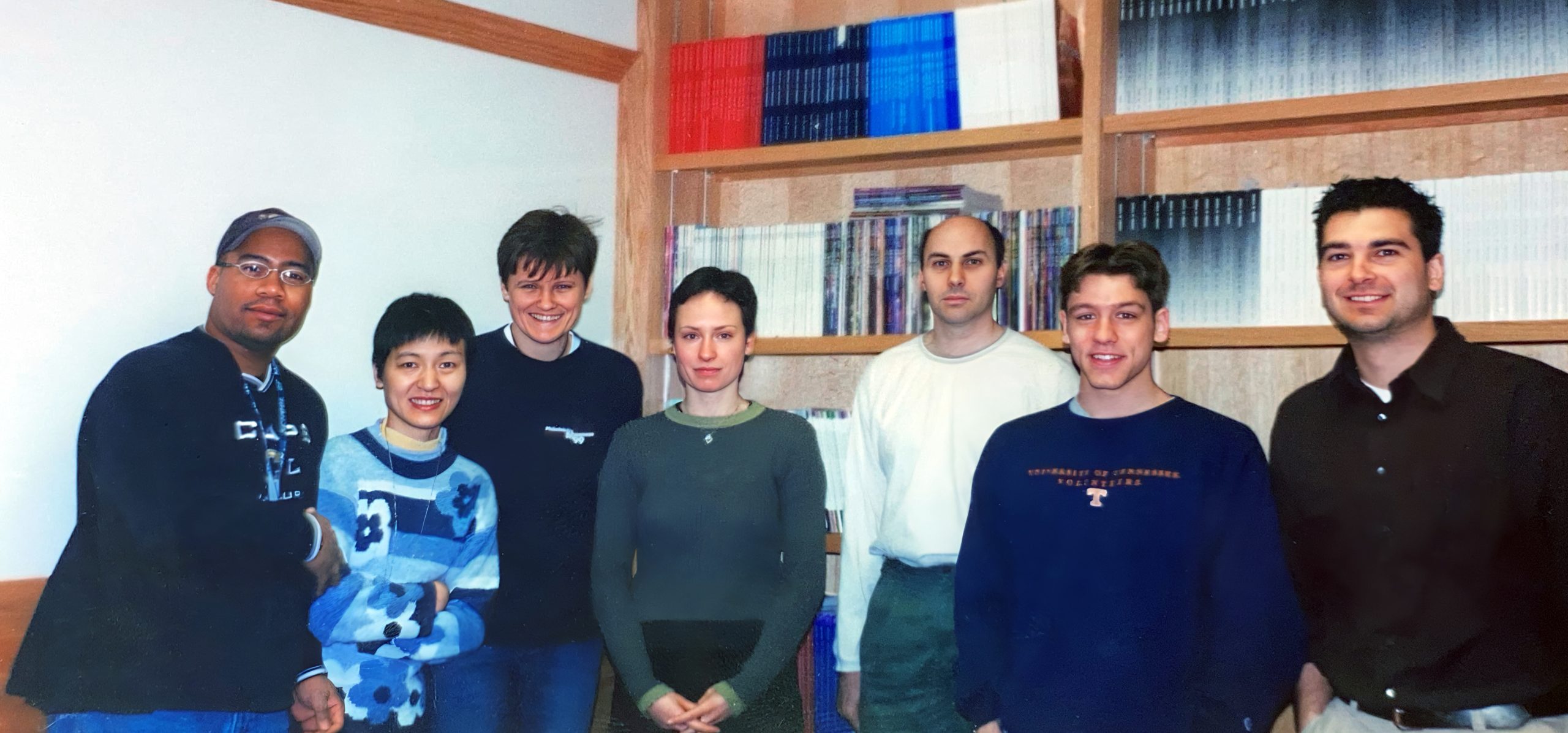
Karikó and Weissman’s path to revolutionizing medical treatment through mRNA technology is not just a story of scientific breakthroughs, but also one of overcoming significant skepticism and delayed recognition in the scientific community. Initially, the concept of using mRNA as a therapeutic tool was fraught with challenges, particularly because it often caused inflammation when introduced into the body, making it unsuitable for treatment purposes. This crucial barrier had to be overcome to unlock the potential of mRNA.
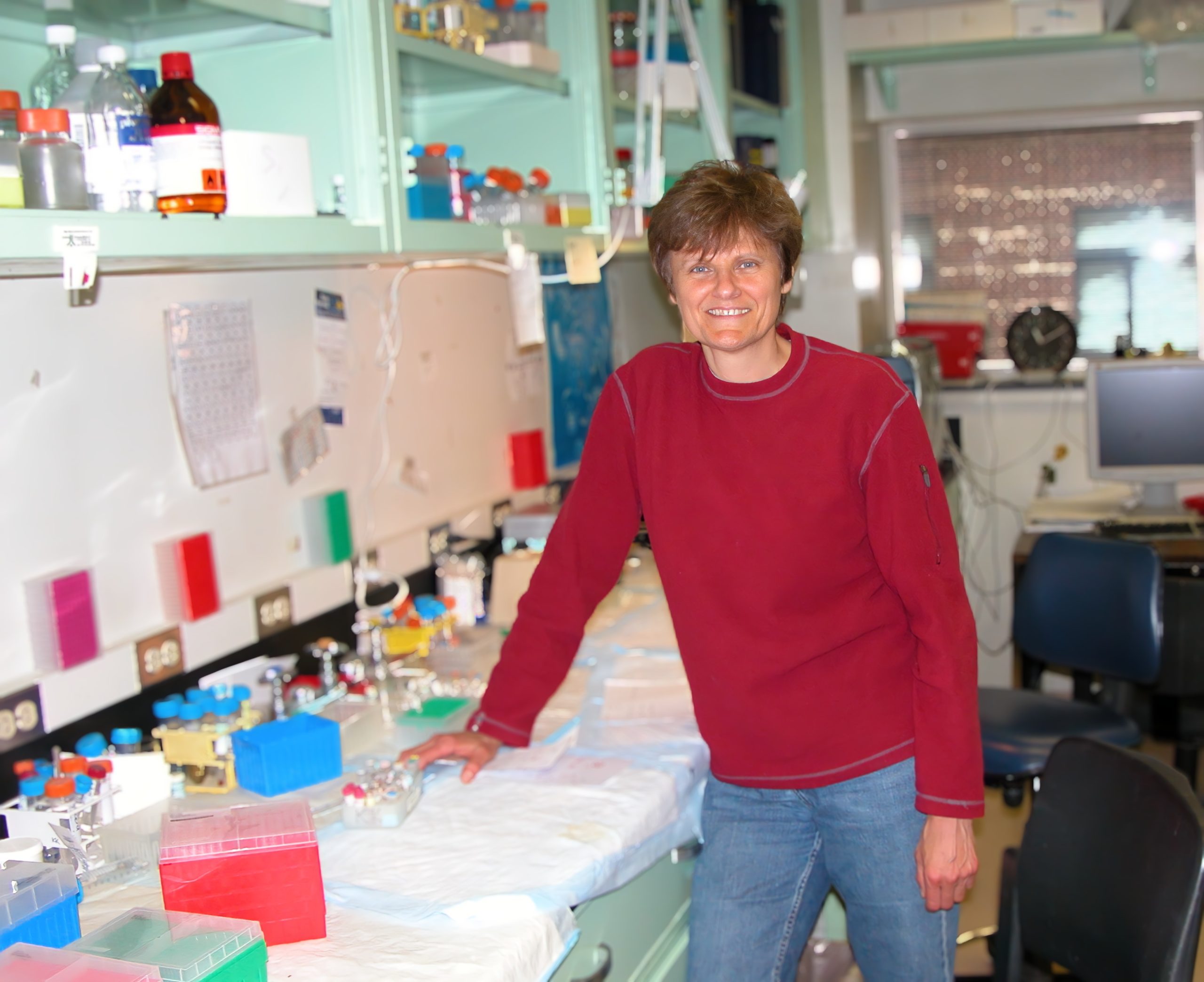
Their significant breakthrough came about quite serendipitously. While using transfer RNA (tRNA), a molecule similar to mRNA, as a control in their studies, Karikó and Weissman noticed that tRNA did not provoke the inflammatory reactions typically seen with mRNA. This observation sparked a pivotal question: What made tRNA different? Pursuing the answer through a series of experiments beginning in 2005, they discovered that the structure of nucleosides within tRNA was key. They then experimented with modifying mRNA by replacing one of its building blocks, uridine, with pseudouridine, which mimicked the structure of tRNA and did not trigger inflammation. This modification was a game-changer, making mRNA a viable option for therapeutic use.

Despite the groundbreaking nature of their discovery, Karikó and Weissman faced considerable hurdles in gaining recognition. Their initial findings were met with skepticism and were even rejected by major scientific journals. The scientific community’s slow acceptance of their work added an additional layer of challenge, but their publication in the journal Immunity finally began to shift perceptions within the field.
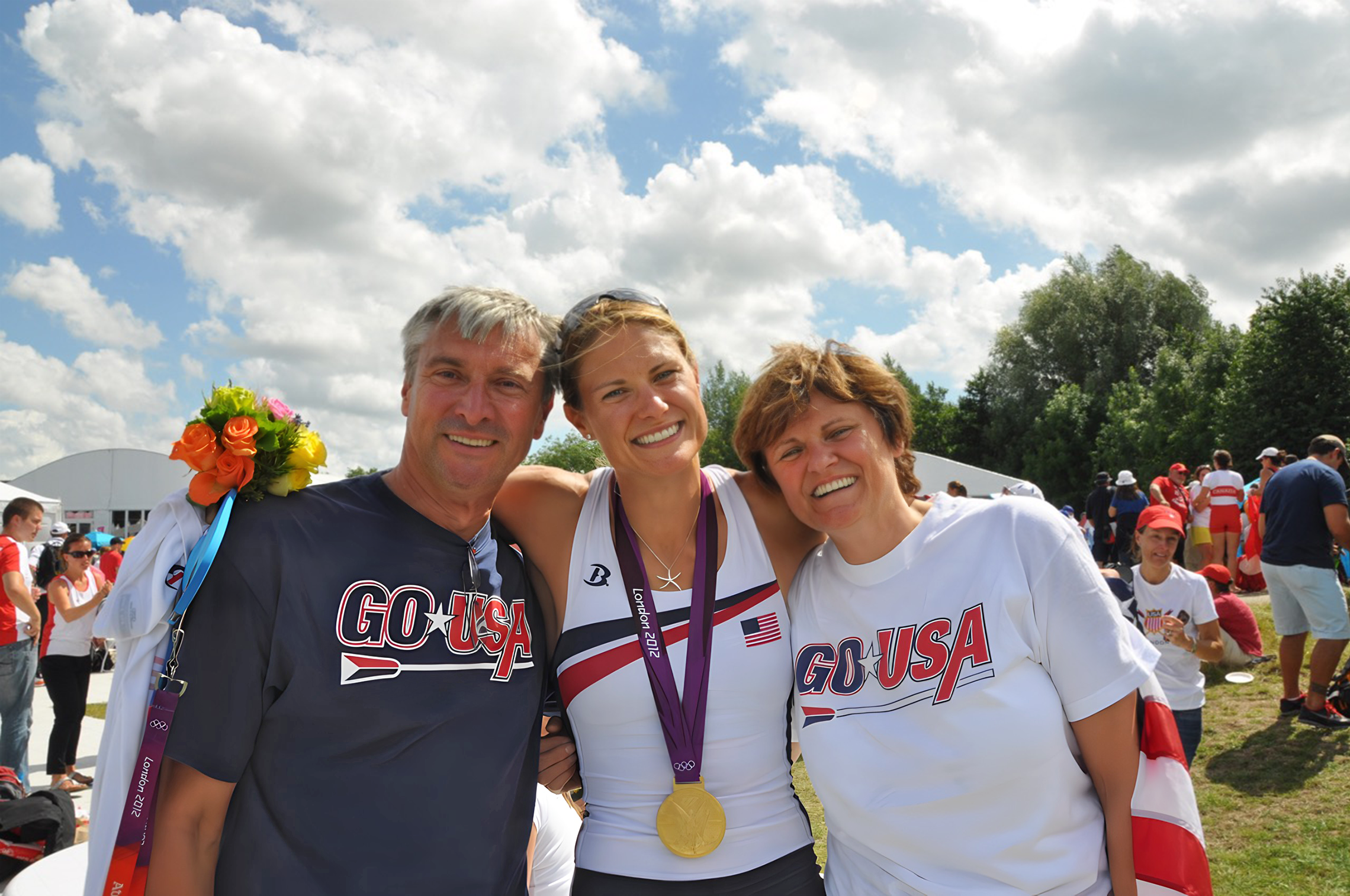
In parallel to their scientific research, Karikó and Weissman also pioneered a novel method to deliver this modified mRNA into the body using lipid nanoparticles—tiny fat droplets that act as protective carriers, ensuring the mRNA could reach its target areas within the body without degradation. They demonstrated the effectiveness of this delivery system in animal models, validating their approach. Recognizing the commercial and therapeutic potential of their discoveries, they founded RNARx in 2006 to secure patents for these innovative techniques. The licensing rights to their work were quickly sold by the University of Pennsylvania to another company, which limited their ability to control the direction of their technology’s development.

Karikó’s pursuit to further develop and refine mRNA technology led her to collaborate with biochemist Ian MacLachlan and his company, Tekmira. Their work further refined the lipid nanoparticle system, a critical component in the practical application of mRNA-based treatments. By the time the biotech firm Moderna struck a $240 million deal with AstraZeneca to develop mRNA therapies in 2013, it became clear that Karikó’s opportunities to apply her vast experience at the University of Pennsylvania were diminishing. She then joined BioNTech RNA Pharmaceuticals, advancing her work in a new setting where she continued to innovate and lead in the field of mRNA technology.
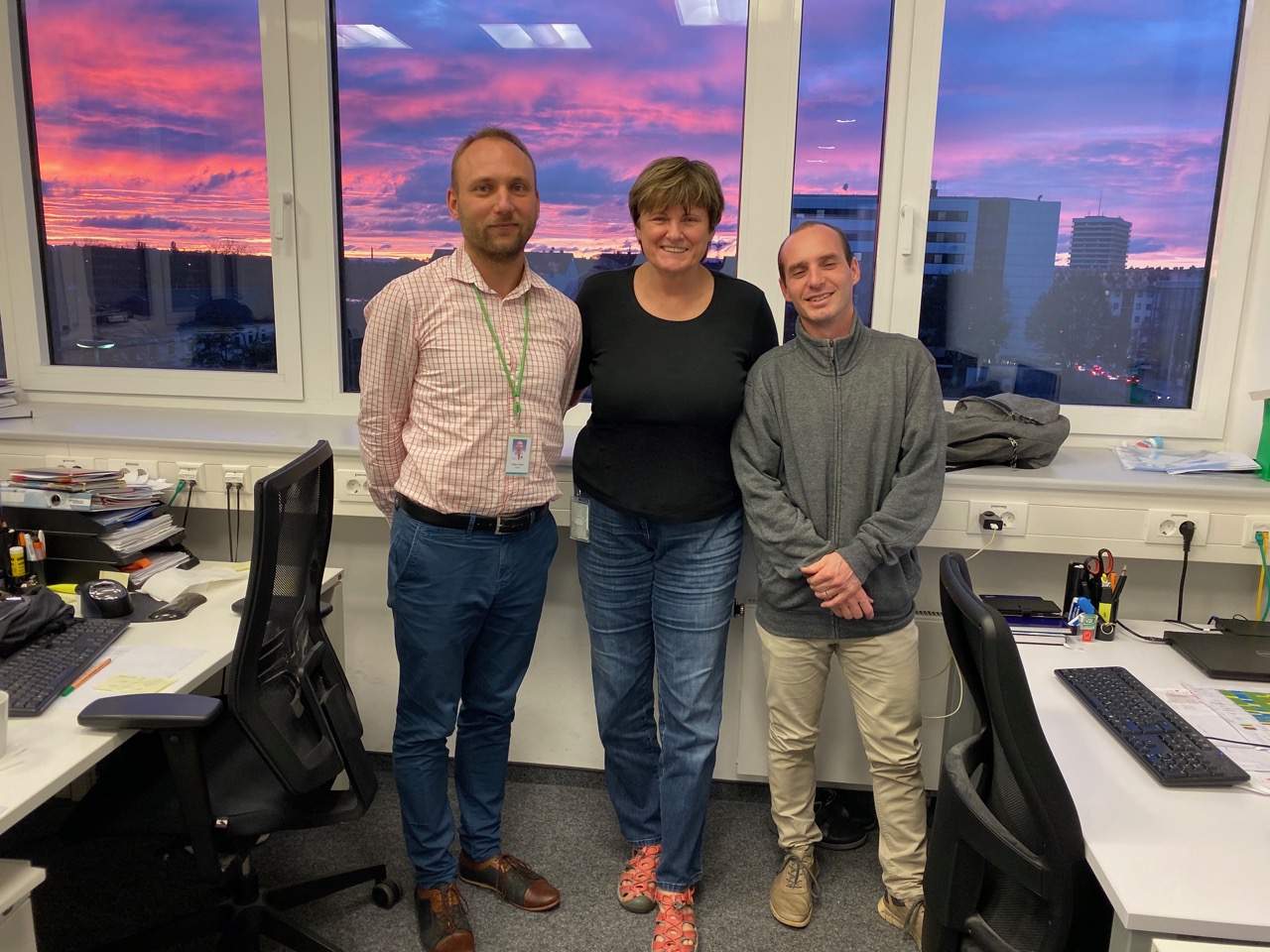
The full impact of Karikó and Weissman’s contributions became globally recognized with the onset of the COVID-19 pandemic, when the mRNA vaccines they helped pioneer became critical tools in combating the virus. Their story is a powerful reminder of the importance of perseverance and vision in scientific research, highlighting how pioneering work can often go unrecognized for years before its true value is understood and embraced by the broader scientific and medical communities. The very technology Karikó had spent decades perfecting became the cornerstone for the development of highly effective vaccines, providing hope and protection to millions worldwide during a global health crisis.

The development and deployment of the Pfizer-BioNTech and Moderna vaccines were watershed moments in medical science, made possible by Karikó’s pioneering work with mRNA. As the pandemic surged globally, these vaccines were developed at an unprecedented speed, thanks to the foundation she helped to build. The Pfizer-BioNTech and Moderna vaccines, both utilizing the mRNA technology, demonstrated efficacy rates exceeding 90%, a testament to the potential of this new approach to vaccination.

Karikó’s personal journey with the COVID-19 vaccines reached a poignant milestone in early November 2020. On November 8th, a day she was already celebrating as her daughter’s birthday, she received a call that would mark a significant validation of her life’s work. The call came from Ugur Sahin, the CEO of BioNTech, who shared the exhilarating news that the vaccine’s Phase 3 trial results were overwhelmingly positive.
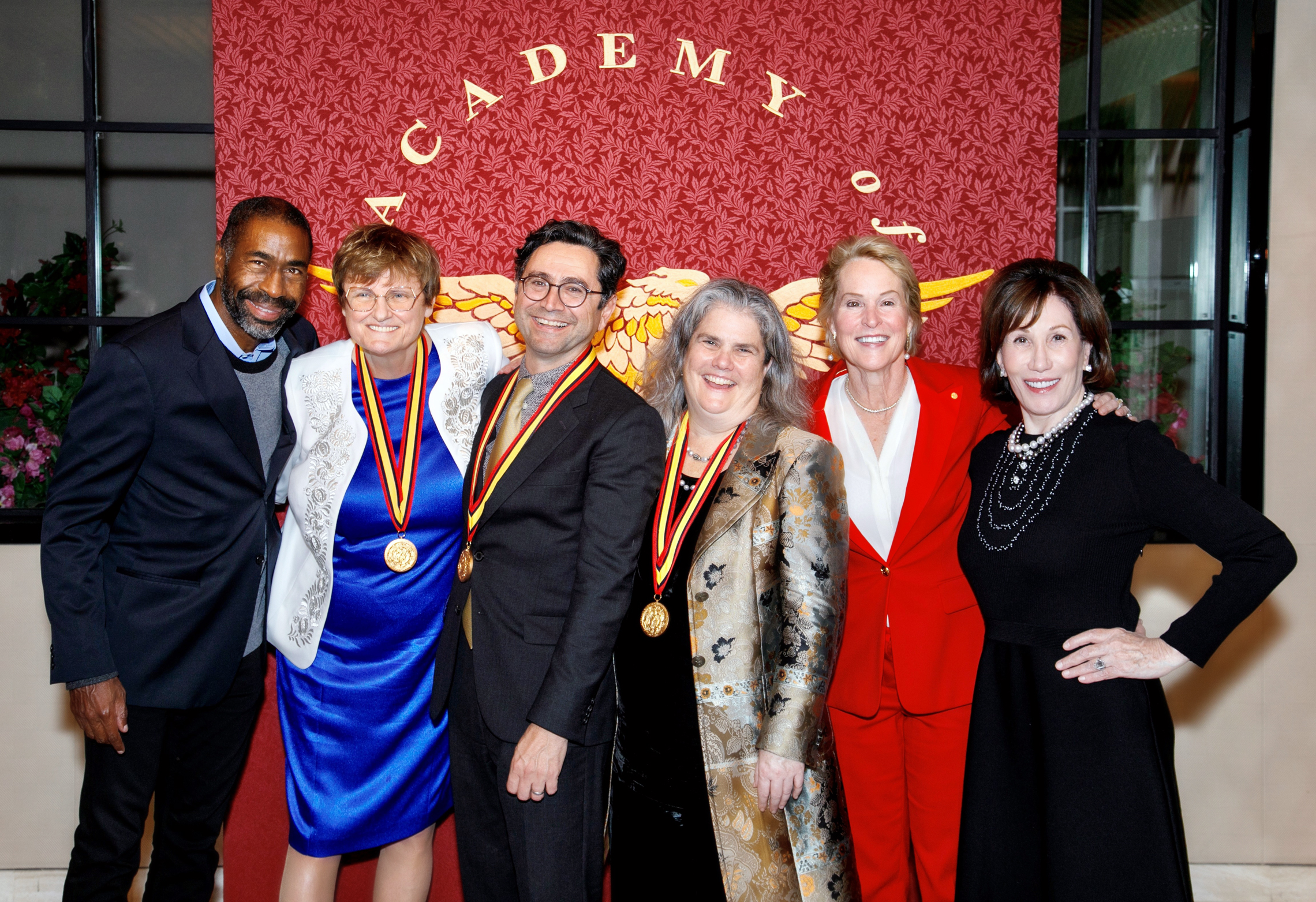
This moment was not just a professional triumph but also a deeply personal one. Karikó described the overwhelming joy and relief she felt upon hearing the news, knowing that the technology she had dedicated her career to developing was going to save countless lives. The success of the vaccine was a vindication of her belief in mRNA’s potential, especially after years of facing skepticism and funding challenges.

The real-world impact of her work became palpable in December 2020 when the United Kingdom began administering the Pfizer-BioNTech vaccine to the public, followed shortly by other countries. Karikó and Weissman were invited to receive their vaccinations together, an event that was both symbolic and celebratory, acknowledging their contributions. As they received their shots, the room erupted in applause—a moment of recognition and gratitude for the scientists behind the vaccine. Karikó was moved by the experience, feeling a profound connection to all the people her work had touched.
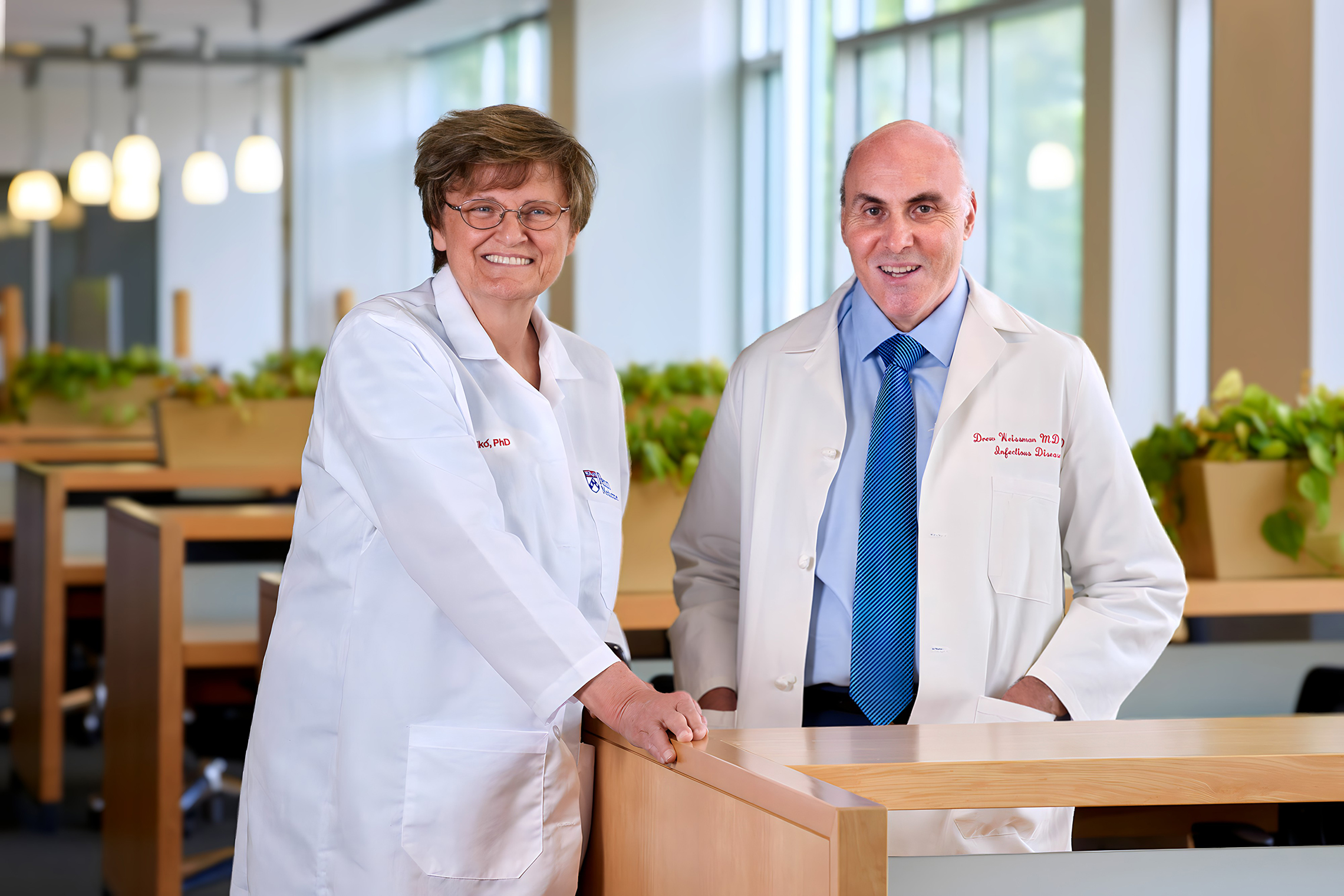
The success of these vaccines not only represented a technical achievement but also heralded a new era in vaccine development and disease prevention. mRNA vaccines are now being explored for a range of other applications, including in cancer, cardiovascular, and metabolic diseases. The impact of Karikó’s work extends far beyond COVID-19, opening new pathways for treating various health conditions.
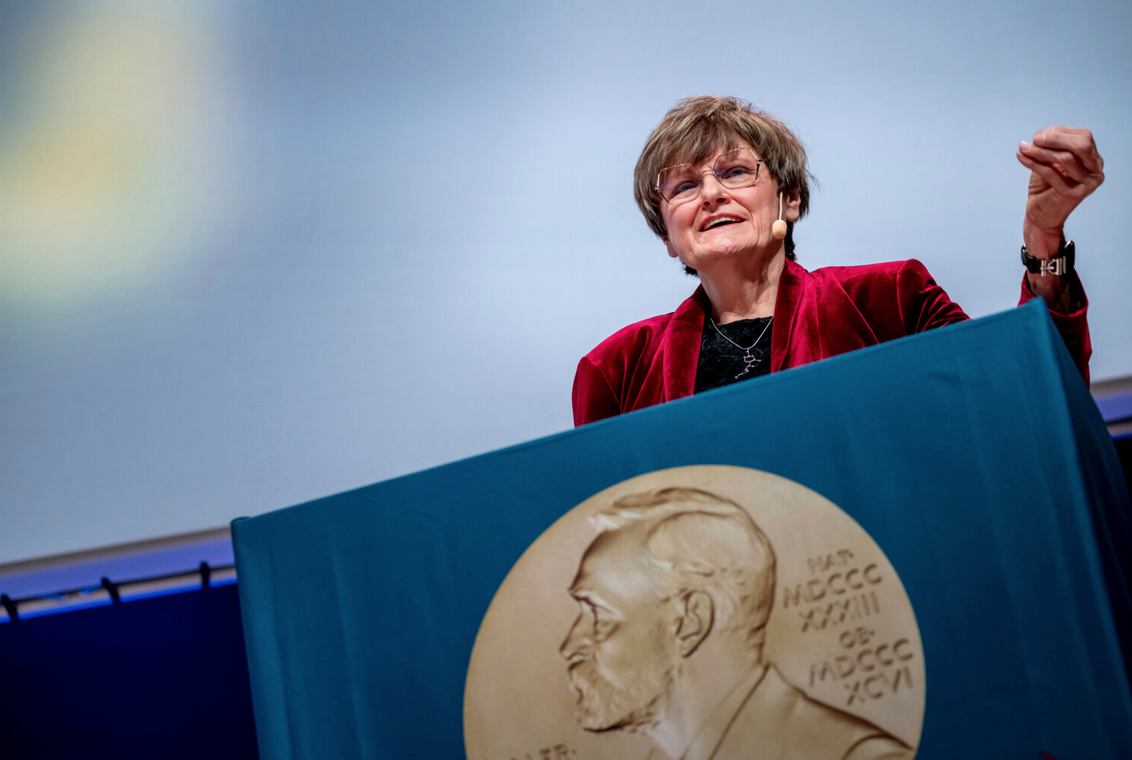
Karikó’s contributions have been recognized globally, with numerous awards and honors celebrating her achievements. In 2023, she received the Nobel Prize in Physiology and Medicine along with Drew Weissman, marking a pinnacle of recognition for their contributions to vaccine technology. Among other accolades, she also received the Lasker-DeBakey Clinical Medical Research Award and was named Time Magazine’s Hero of the Year in 2021, highlighting her critical role in vaccine development. Additionally, in 2022, she was honored with the Tang Prize in Biopharmaceutical Science, further cementing her status as a pioneer in the field.

Yet, her response to these accolades has been one of humility and a continued focus on the potential of science to benefit humanity. Her journey from a small town in Hungary to becoming a key figure in one of the most significant scientific breakthroughs of the 21st century is a powerful reminder of the enduring impact one dedicated individual can have on the world. Through her story, Karikó not only leaves a legacy of scientific innovation but also inspires future generations to pursue their passions with perseverance and integrity.
On December 21, 2023, Dr. Frances Arnold reflects on the revolutionary work of Dr. Katalin Kariko in RNA vaccine development. Despite initial skepticism and funding challenges, Kariko’s persistence led to groundbreaking chemical modifications making RNA stable and highly effective for vaccines. Arnold highlights the significant parallels in their journeys, noting the extra hurdles female scientists often face and the crucial importance of institutional support in advancing groundbreaking innovative ideas.

Katalin Karikó’s work on mRNA technology has revolutionized vaccine development, proving essential during the COVID-19 pandemic and saving millions of lives. Her journey from a modest upbringing in rural Hungary to a world-renowned biochemist exemplifies the impact of perseverance and innovation in science.
Born into a family that valued education despite limited resources, Karikó’s curiosity about the natural world was nurtured from a young age. Her early success in a national science competition fueled her passion for science, leading her to pursue a PhD in biochemistry at the University of Szeged. Overcoming significant challenges, including political oppression and initial skepticism from the scientific community, she persisted in her research.
Karikó’s groundbreaking collaboration with Drew Weissman at the University of Pennsylvania led to crucial advancements in mRNA technology, enabling the rapid development of effective COVID-19 vaccines. Her contributions have earned her numerous prestigious awards, including the 2023 Nobel Prize in Physiology and Medicine, affirming her pivotal role in modern medicine. Karikó’s story is a powerful testament to the transformative potential of dedicated scientific inquiry.
Jonas Salk faced skepticism before successfully developing the polio vaccine. How does this resonate with your own long struggle in the field of science?
Katalin Karikó: It is maybe a difference that I was not much listening to what others might say, kind of. I could figure out things, that something is important, and I thought always it is important, and I tried to believe that it is doable, and not listen to those that said not so. It is like imagine something that I can have an RNA, and I have to tell you, I did not want to develop vaccine at all, and that was the reason I was looking for – with colleague Drew Weissman – how to make it nonimmunogenic, because everybody thought that the immunogenic RNA is good for vaccine, but I want to use a therapeutic. And I could imagine, like other big names like Steve Jobs, that imagined that there is something, a device, and that will be your telephone, that will be your camera, that will be all your different device in one piece. And today we take it for granted. I just imagined that there will be RNA, we are taking out from our refrigerator and put on our wound. And because the advantage of the RNA is that taken up by the cells, and locally they will produce a protein, which will be beneficial, which will be therapeutic. Otherwise, if you put the protein there and it will wash away from the blood, here is also, but it is continuously producing locally so there you have a gradient.

And I imagined that it is doable and it would be helpful for some kind of disease like healing the skin, that was my first thought, and then later when we realized that not much protein is made from the RNA, thinking about what disease model could be which small amount of protein is beneficial, and finally we ended up with treating anemia. And we come up with messenger RNA coding for erythropoietin. And because for continuously the erythropoietin mRNA, which we delivered to the animal were like four days, was continuously translated, we could see new red blood cells form, and we could see the hematopoietin increase. So it was the RNA translated to the protein, the erythropoietin, which stimulates red blood cell production, and it was functional. The RNA translated to the protein was functional and more red blood cells was made. And so, we found at least one disease where the mRNA could be beneficial. And of course, I was working on this field where Drew Weissman tried to make a vaccine and realizing when he used once this modified, nucleoside-modified, which was nonimmunogenic, that was many twists and turns. It turned out it was a better vaccine because the original RNA everybody was using turned out toxic, especially in human, and they couldn’t see as well in animals. So that was also one thing that Drew Weissman used human immune cells and we could see that the RNA, conventional RNA is inducing immune response and inflammation which was not good.
Considering the skepticism and challenges you faced for decades while pursuing the idea of mRNA, where do you believe your tenacity and determination originated from?
Katalin Karikó: I have to mention that sticking with the project is worse when you can see progress. So, I could see progress. I could see that I could make… I could make the RNA better, more protein was made, and so sticking with something and repeating just because we are believing and not making any progress is not a no-no. But I could see that it was better. And when I received the grant review and they said it was, it was not good enough. And I reached through the criticism. I always listened and tried to make it better. So, more preliminary data generated and more experiments I performed, and I didn’t take it that oh, they did not understand me. It was just yes, not good enough and I have to do better. That’s how I concluded with all of these constructive criticism. Early on in high school, actually, I read this book written by Hans Selye who coined the word stress. And it was a big effect on me. I had no religious upbringing so that was a guide for me. And he said that tthe stress, how we perceive stress and bad stress can kill us. But he said that we need stress because the excitement, the anticipation, all of these positive things we need, otherwise we don’t get up in the morning. We need stress, but we need positive stress. And he also said that you can learn to convert the negative one to positive. So, positive stress is needed. And seeing everything like negatively like losing a job, which happened to me several times, to see that one door closed and a new one has opened, and see that new opportunity. So not to agonize on why I was terminated in my job, but rather just see that okay, what I can do now?
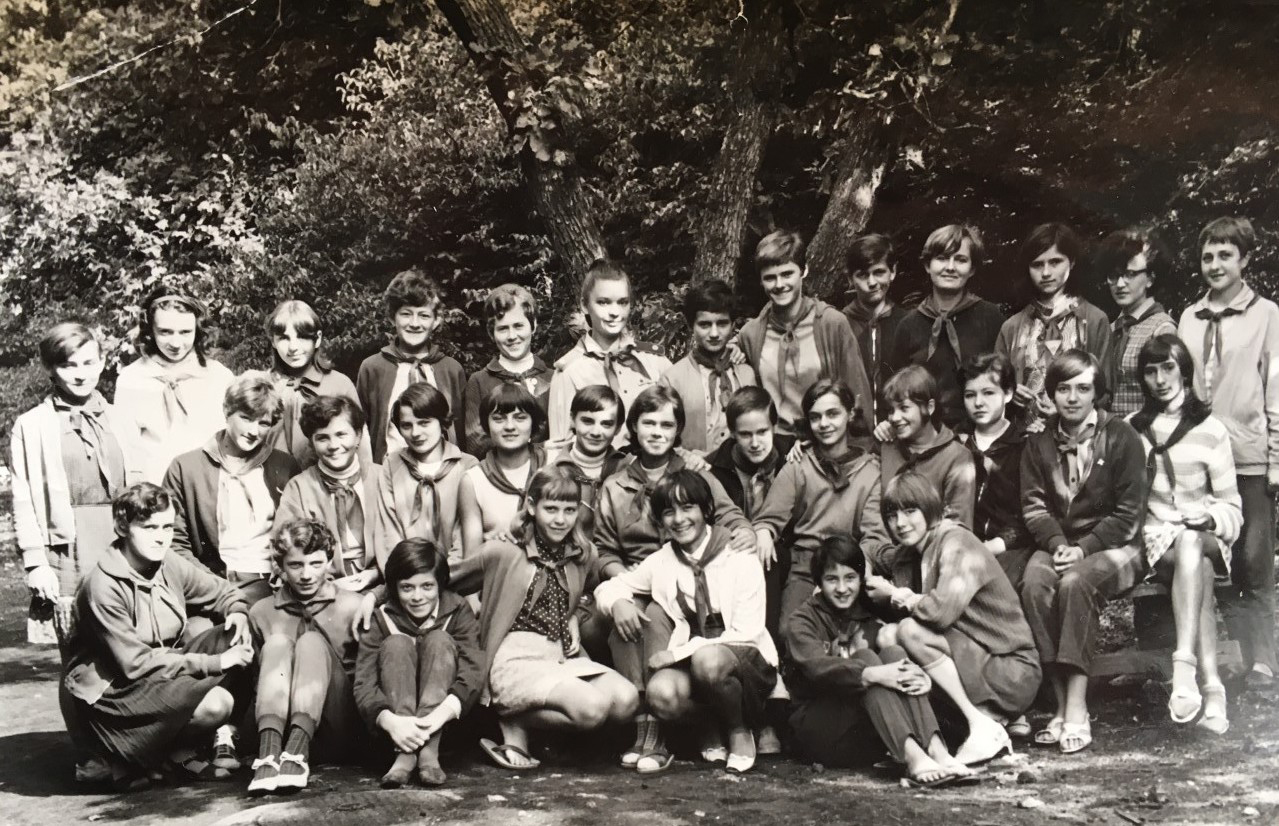
And so that was, that was key always to keep my spirits high, and which other people might take it as a blow to their career. I took it that okay, now I can move to something, somebody else and doing something, but sticking with the RNA because I could feel that it was exciting. And I learned in Hungary, when I started to work with RNA, I learned how to work with RNA, how to label it, how to isolate all of this enzymatic reaction, how to characterize it. And so as year past, I learned more and more about the RNA. And I learned how in our cells we are making the RNA. And how we picked up different nucleotides and we are building our RNA, and how it is changed, and how it translates to protein. So, I spent months and months just analyzing what is known about translation of the RNA. Making – from the RNA making the protein. So, I tried to take the knowledge and further optimize my system. And so that’s, I could see so many things I have to do and nobody had done, but I thought that may be doable, just like Steve Jobs said, that is too, maybe it’s doable, just we have to work on. And many, many things I feel that could be, we could solve the problem, but we are not focusing enough or, I don’t know, some destruction. And that was the other thing, what Selye said, you shouldn’t look at things you cannot change. Meaning like, be angry with the reviewer. You cannot change. They are how they see things. And not to pay attention when in your workplace other people are promoted and working less and rewarded more, don’t pay attention, you cannot change that, he said. You have to focus on what you can change. And many times I actually said loudly that the bench is here. I am in America. Where else, if not here? I can do, if it is doable. So that’s what – focusing on what I can do and not worry about others I cannot change.
Katalin Karikó: For me, it was very important to read and to figure out, always to see the positivity on everything. You know, even last time, just my colleague said, he was supposed to do something, and he said that he has not done. Because he didn’t even order the material for it. And I could see – one thing I can praise is that at least he was honest. He didn’t say, ‘I ordered, and I am waiting.’ So I praise him for that. So he was enthusiastic and he started to do it. You don’t – I mean, doing science is fun. You solve problems. You don’t sit in a crossword puzzle. Sometimes in science, you ask the question and you respond to it. Like in a crossword puzzle, you read the question, and here you create the question. Oh, what should it be? And then you check it out. And many things are already known, and you know that it is known, you just have to find it. When you are looking for some problem to solve and you think, ‘It must be known.’ And then that’s – you start to read, read, and somewhere you have to find somewhere in between the lines, and then you are in the middle of the night, already 2 o’clock, 3 o’clock in the morning, you realize you didn’t sleep, but you are so excited to find that it must be known. So, you don’t feel tiredness when you are doing this kind of work, what you like. And you have to work and do work which you like because we spend our life with work. And if you like it, then you will be good at it because that’s what you want, to always do it.

I would imagine you have to find something that you really feel has potential because you’re putting in so many hours. And you’re sometimes being rejected from grants or jobs.
Katalin Karikó: I know that I did most of the time, basic research, I did in Hungary. We did a small RNA molecule, which we assumed that it has antiviral activity, and there were no antiviral compounds. I’m talking about the 1970s. And of course, even today, we know that it was not many antiviral compounds. Every time I was doing something, I always thought, ‘Oh, that would be good.’ I could imagine that it would be as an antiviral compound. I was doing the RNA work, and we could manage to deliver RNA into the cell. The desired protein was made, and then we were thinking that where we could have used this. We imagined that bone marrow transplantation, and we could deliver an RNA coding for the protein, which would make the lifespan of those cells much longer by delivering telomerase mRNA, which codes for the protein. So, every time when we could do something, we were thinking about what use, what we can use this. And when we could deliver in the animal, then we could say, ‘Mm, maybe, maybe it will work in humans.’ Or maybe for animals, for companion animal treatment, or farm animals, it would be beneficial for different diseases as a treatment.
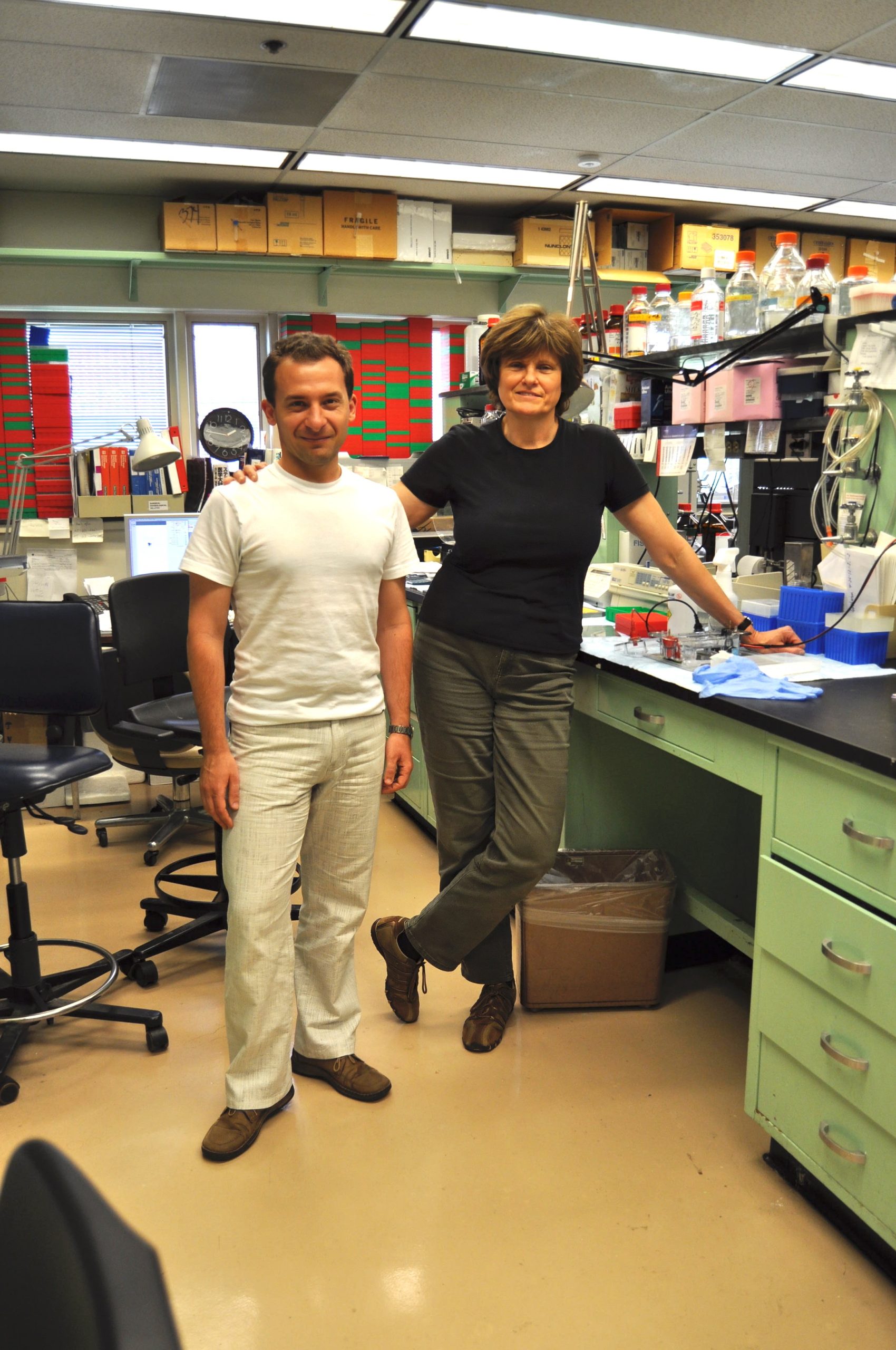
Because who is working in those field, they are the best they can imagine that what it could be used. When I’m talking about human treatment, I work with colleagues who are physicians. They see patients, operated. Like in neurosurgery, I spent 17 years, and a colleague could say how they could reach this area of blood vessels. Then we were thinking what RNA should be beneficial to deliver there to have a stroke patient, for example. So always, working together with colleagues and figuring out what is their limit and what they can do, and what I can do. Together, maybe we can solve and treat different kinds of diseases.
What was it like where you grew up?
Katalin Karikó: It was a very simple life. We lived in an adobe house. And we had a reed roof, and we had a sawdust oven. And we had one room which was heated during the winter. My mother cooked and ate, and we were doing our homework. My parents worked very hard and late hours. So, for Christmas, we got a little pot that we could go with our parents to get water to the middle of the street where people were chatting. It was kind of like the chat room at that time, because you learned what’s happening in the city, and sometimes a lot of people gathered there. They already had their water, but they still. So that was fun. And of course, we have no television or refrigerator, but nobody around in our neighborhood had any of these things so I didn’t know that I’m missing.
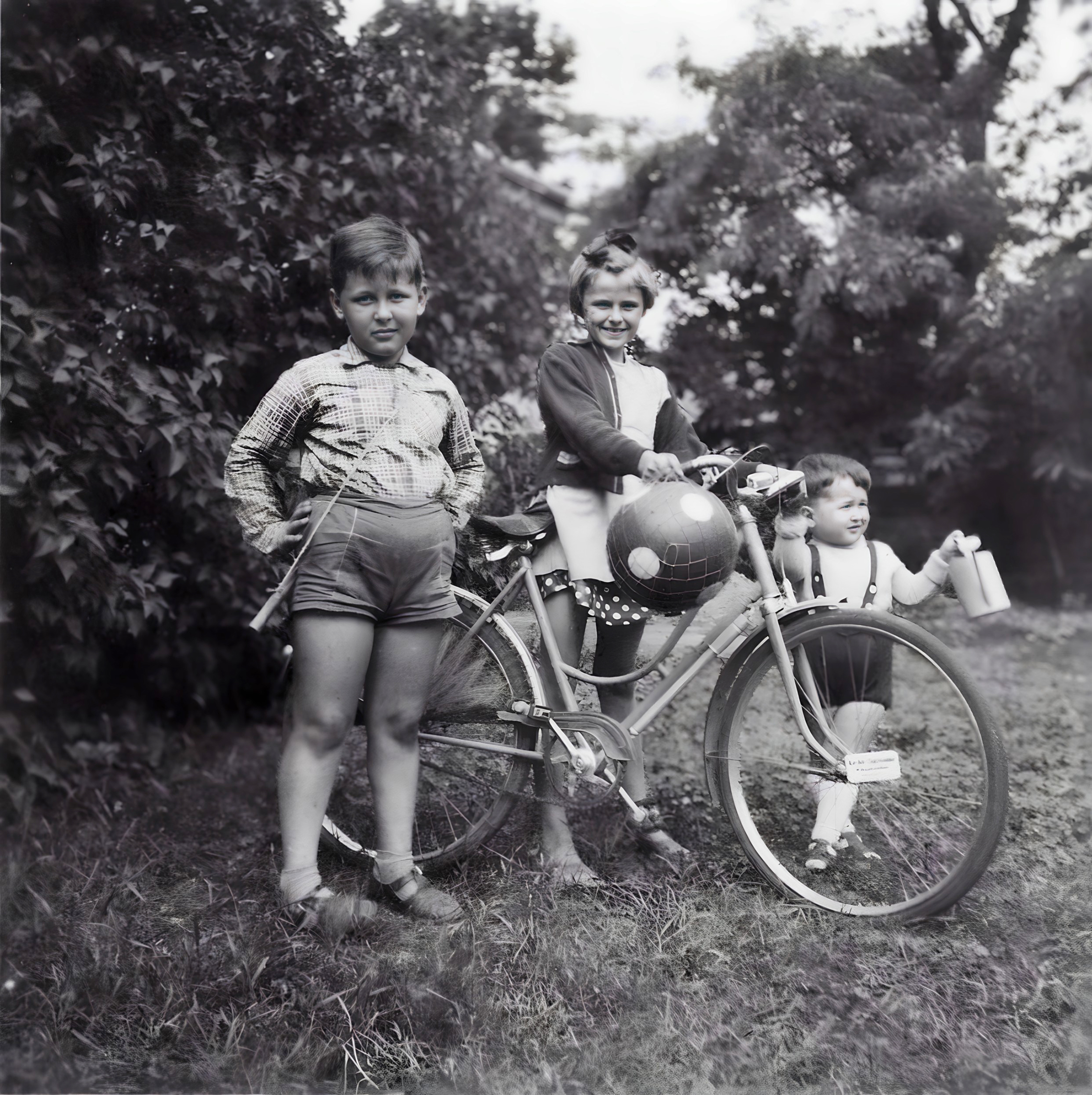
What was important is the love and this childhood which we could have. We have doubt always. We worked in the field and with animals, but everything was play. And so it was – We didn’t have to worry about, like some other people had that they didn’t have enough food to eat, and I did not have that. And we could go to school and we had clothes. And our parents – I have an older sister. And she was a very good student and always set up the bar for me that I had to be also good. They expected me to be good if she was, she was good.
What was your father’s occupation?
Katalin Karikó: He was butcher. He worked in a butcher shop first. And he also went to homes during the winter, they had usually one pig, and they had to be processed because the people didn’t have refrigerators, so mostly they smoked meat to keep it, and they had one pig for the meat for the whole year. And so he processed. And he also in the war, like four years, he was cooking for hundreds of people. So he also went in the small town, when somebody had a wedding, then he, he cooked there for many people. And so he was often in the city. And he worked very hard.

He didn’t have the opportunity to get formal education. So he had six elementary and my mom had eight elementary. But my father, they were very intelligent people, so my father was playing on violin and different instruments. And he was – In the butcher shop, he could multiply two-digit number, two-digit number, and I was – When we had the calculator, I already later, I have him, by the time I punched in, he said, ‘Oh, the customer already left.’ And he was very kind. And he was always so enthusiastic. He was whistling and singing. Yeah, so it was a very, very happy life we had. And he knew so many things about history and things. Although, he didn’t have too much time to go to school because he had to work. And that was also my mom. She was – My mom passed away three years ago, but I mean she was, she had laptop, she was looking up everything on the internet, and she could watch TV, and setup the DVD to record the other channel. I didn’t even know what to push it, but she was also very talented technically.
When did you first develop an interest in science?
Katalin Karikó: I mean, science is around us. Because I was watching how the chicken coming out from the eggs, because we had chickens around the house, and so these were all interesting. We put the seed in the soil. And as children, with my sister, we always had one part of the garden that we could put seed there and watch how they are coming out. And we had birds and animals around us. Everybody’s interested. And the stork is coming back and thinking that, how they could find, how they could come back here? And, of course, a different level as you are a child, you are wondering all of these things. And in school, we had very good teachers. So the chemistry teacher, she just finished school at that time, and she came and we did crystals. So we oversaturated solution and put a thread in it. And then we were just so happy to see a crystal.
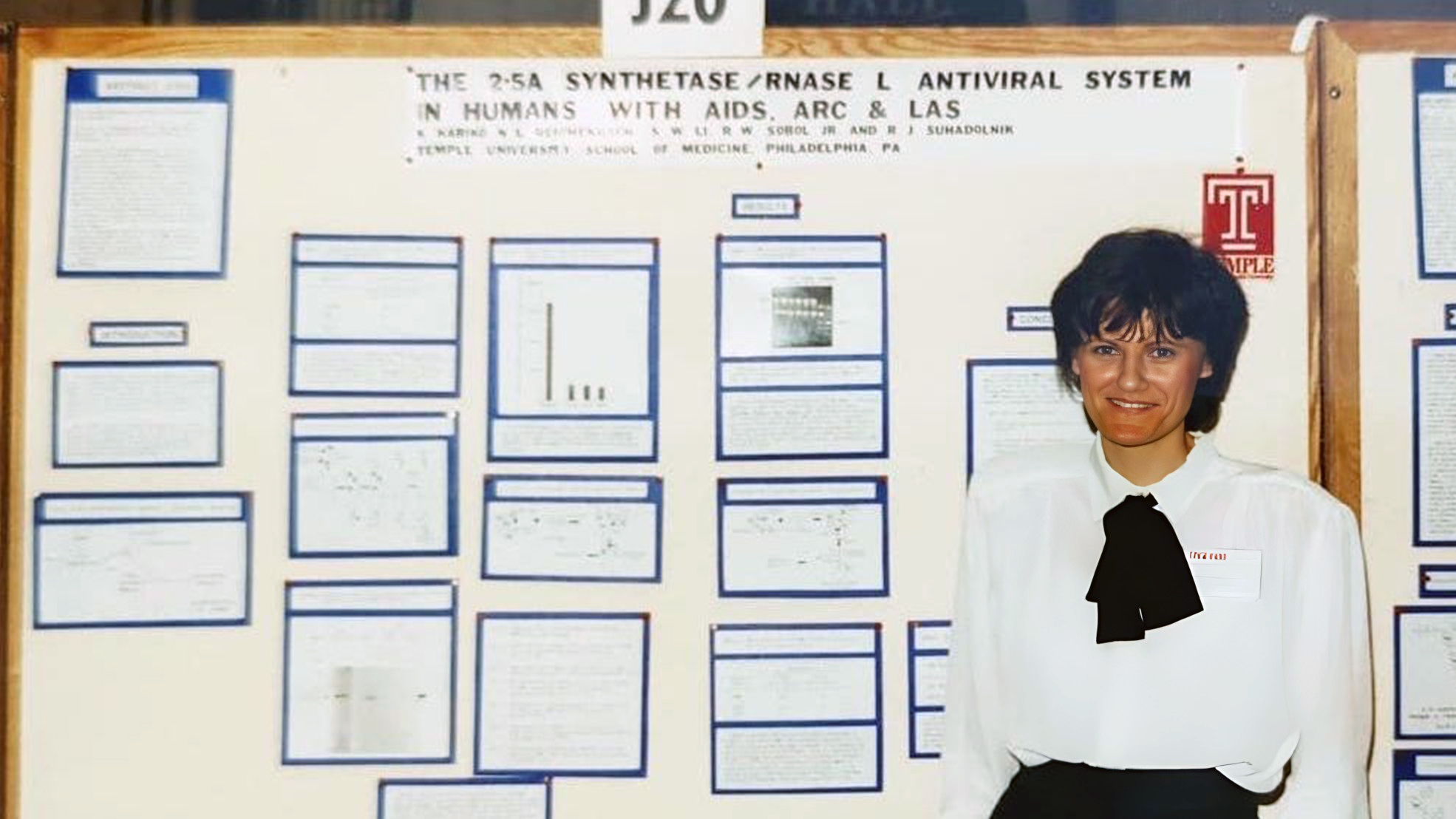
And I remember that even I was in the United States, I was already 40, 50 years old, and when I could see a crystal it sometimes formed in the bottom of the bottle, I always stand, and then I looked at how beautiful the crystals are. So, the teachers are very critical to maintain curiosity and just have the child to think. So that in high school, also, my teacher who actually wrote the letter together to Selye, he always—When we discuss a topic it was never closed. It was like, what do you think? We talk about Lombroso, who was an Italian physician, realizing that in the prison some characteristic those inmates had, and then he was thinking that maybe they were born to, they are born like that, and that’s why they are criminals, and we just discussed this in high school. And then in 2010, the new chairman at University of Pennsylvania of criminology, we could see that he’s talking about, the lecture was about Lombroso. Oh my God, I learned about this when I was in high school. And it turned out that some damage, some kind of injury happened to the mother on a certain period of time when empathy is developing in the frontal lobe, and that’s why maybe, this is what happened. Now, there’s a better understanding of the biology. But what I am saying is that something happens. You learn something. And early on in high school, let’s say, or elementary school, and then you keep seeing things, and then you’re learning and building on that.
It seems you were quite the prodigy, considering that by the eighth grade, you were ranked third in the country in biology.
Katalin Karikó: So, in elementary school, there was this—Even seventh grade, I was third in the country—There are 19 counties in Hungary. And then in the eighth grade, I was the third best in the country. There was a whole week competition in Budapest. And it is also interesting because the small town, Kisújszállás, where I grew up, it was 150 kilometers from Budapest. And my father put me on the train, and even I had to babysit another two years younger person who was also from my school, but for different topics, he was also competing in Budapest. And then they are waiting for—We get the letter that they are waiting for you in Budapest, so you put the child, 14 years old and the 12 years old, and then somebody will pick you up. My father learned that I made it when I returned one week later. ‘That okay, I made it.’ And I got third place. Oh, he was so happy. No iPhone, no tele—We didn’t have any telephone. And of course, there also you could see that some other kids maybe were, parents had cars. But that’s fine. It was okay. Yeah, so I love plants, and a lot of questions was at that time about plants, and then I was good at it.
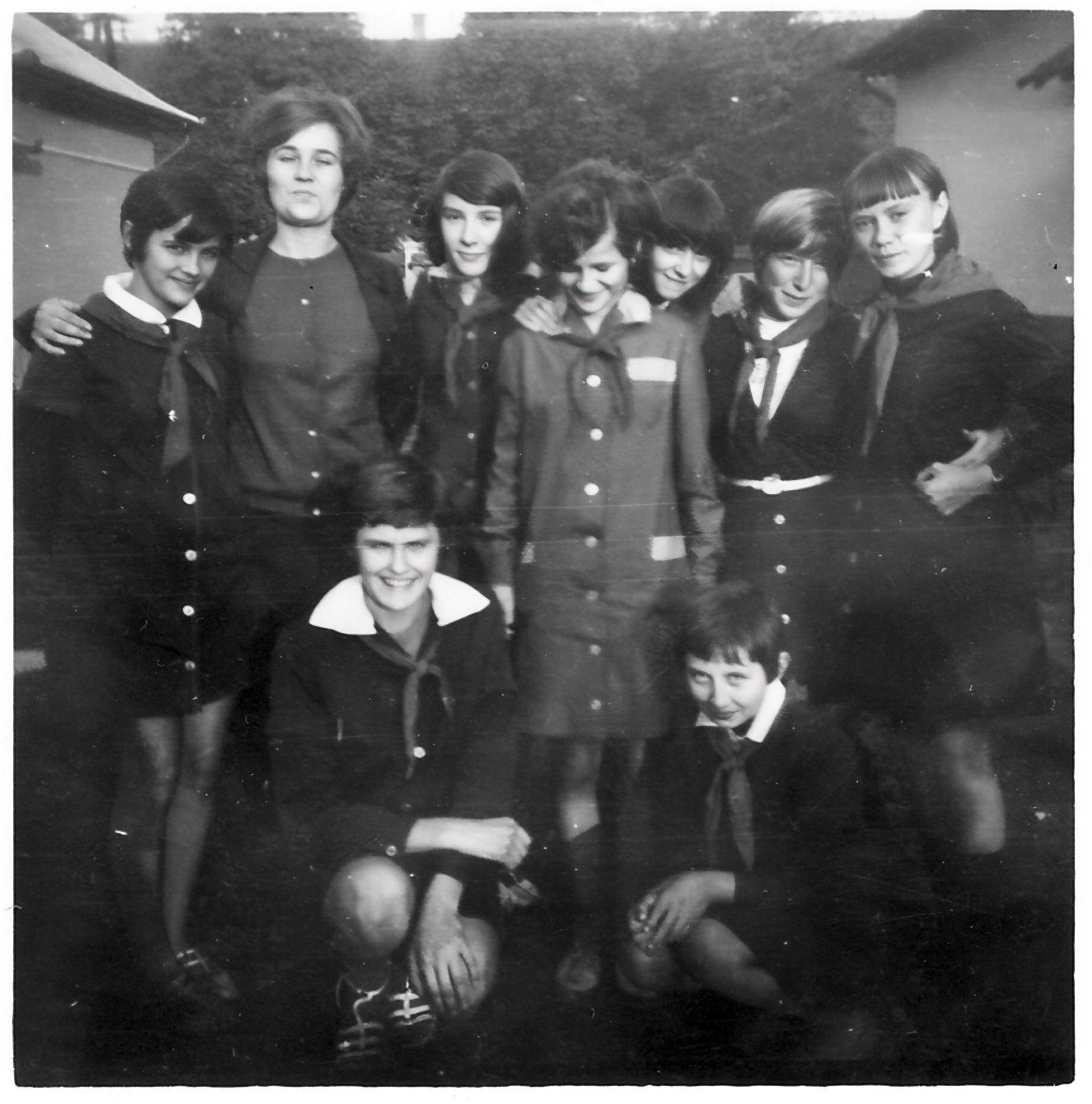
When did you first become interested in messenger RNA, and what sparked this interest?
Katalin Karikó: So, of course, we learn in elementary or high school—no, maybe in grade school—sometimes we learn about messenger RNA. And at the university, we learned—I mean, I was still studying when we learned that there are introns in it. So, we learned a lot of interesting things about messenger RNA. And in ’78, I started my Ph.D. And my supervisor, Jenő Tomasz, actually, he—because I told you everybody was an organic chemist around me—he synthesized a cap analog in ’75. And he sent it to Aaron Shatkin in the United States because he discovered that a strange structure in the 5′ end of the RNA, and he needed reference material, what it could be. And so, somebody had to synthesize it, and it was my supervisor. So, when I started in 1978, I already knew about the cap structure of the RNA. But we could not synthesize, couldn’t synthesize RNA at that time. We could not have the enzyme. It came in ’84, 1984, ’85 when Harvard scientists reported that high-fidelity RNA polymerase from phage can be used to make mRNA. And that messenger RNA was functional, translated to a functional protein. So, that started in the second part of the ’80s. Actually, that was a revolution. If you were in the field, every time you were just amazed that the PCR came. I mean, 1989 was Tech polymerase, the enzyme which is used, was the Molecule of the Year in Science magazine. And so, people started to, could purchase a PCR machine. And people, when they created some kind of little tools, like delivery tools like lipofectin, which have to deliver the RNA inside cells, they published, and in the same year, you already could purchase. So, immediately it was commercialized, and that was also very helpful.
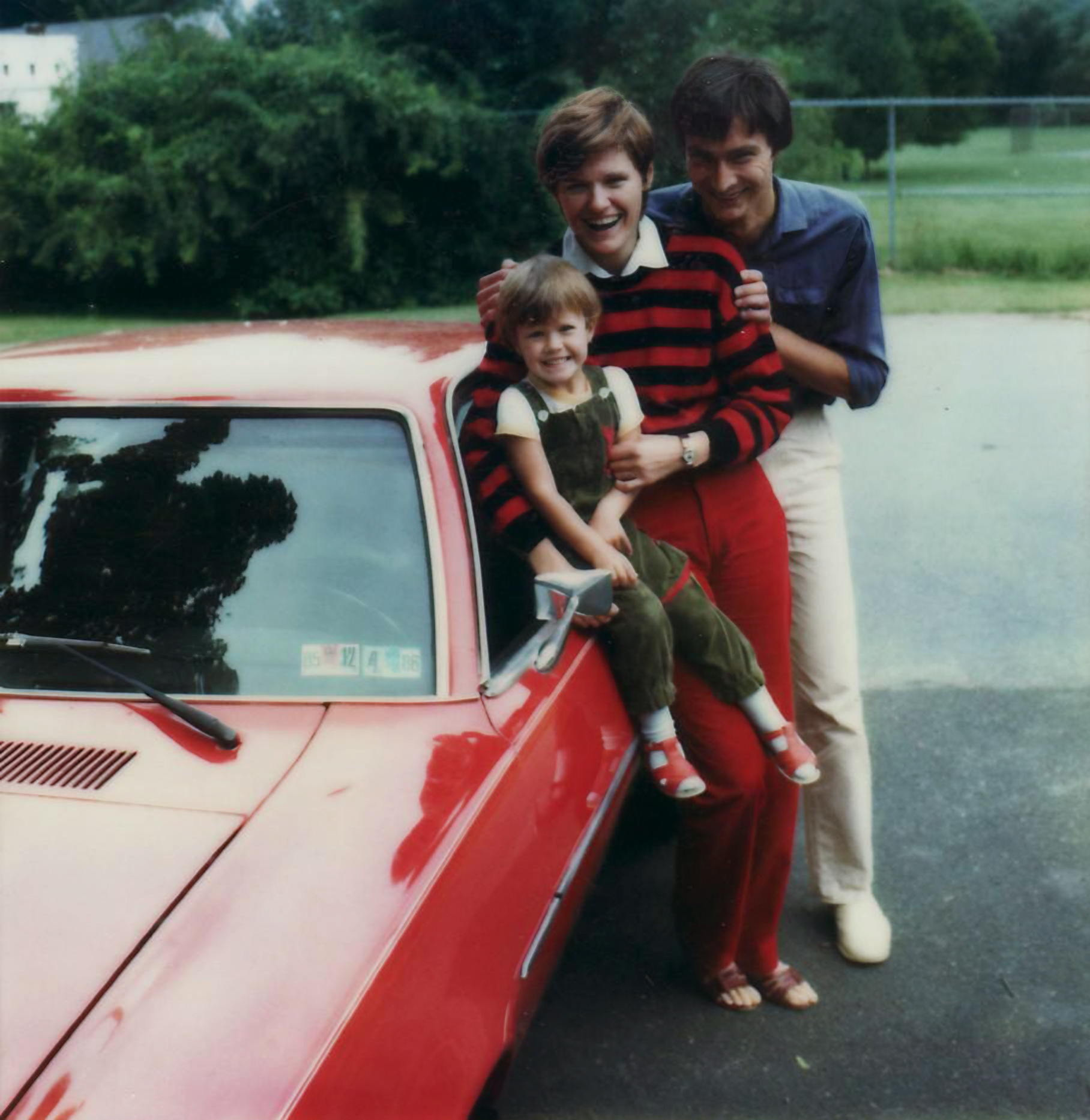
And also, RNA isolation. So, if you had a cell which expressed a protein, you were interested. And you could isolate the RNA. You could clone it, you could amplify, and you could make a template for the messenger RNA production. You would make the messenger RNA in two, three hours. You put on the cell. Fifteen minutes later, you could see and analyze the protein of interest. It was just unbelievable. You could do everything. And you didn’t need an expensive machine or something, nothing. You were just sitting at the bench, and the little pipette that you are using, and that was it.
Can you explain RNA to someone unfamiliar with this technology?
Katalin Karikó: Yes, so, messenger RNA was discovered 60 years ago. In 1961, they describe. And they couldn’t find for a long time because they tried to isolate the RNA from cells, bacteria cells, but it was so labile. So, the two papers which published in Nature, actually, both had the title, “Unstable.” So, why people were looking for this RNA? They knew that there must be something because they knew that in the nuclei we have the chromosome. In all of our cells we have the chromosome, the same chromosome. But we have hair cells, we have skin cells, different kind of cells act different in our body, there are muscle cells. And of course, they are making different protein. But so from the chromosome the only different part of genes are made to something and that was the RNA. And these were transcribing inside the nuclei and it will come out from where the protein synthesis is taking place. And then the protein is made and this RNA degrades, and the bacteria is already translating and making, already degrading, in two, three minutes RNA is gone. In mammalian cells, in human it is longer, but again, it is transient.
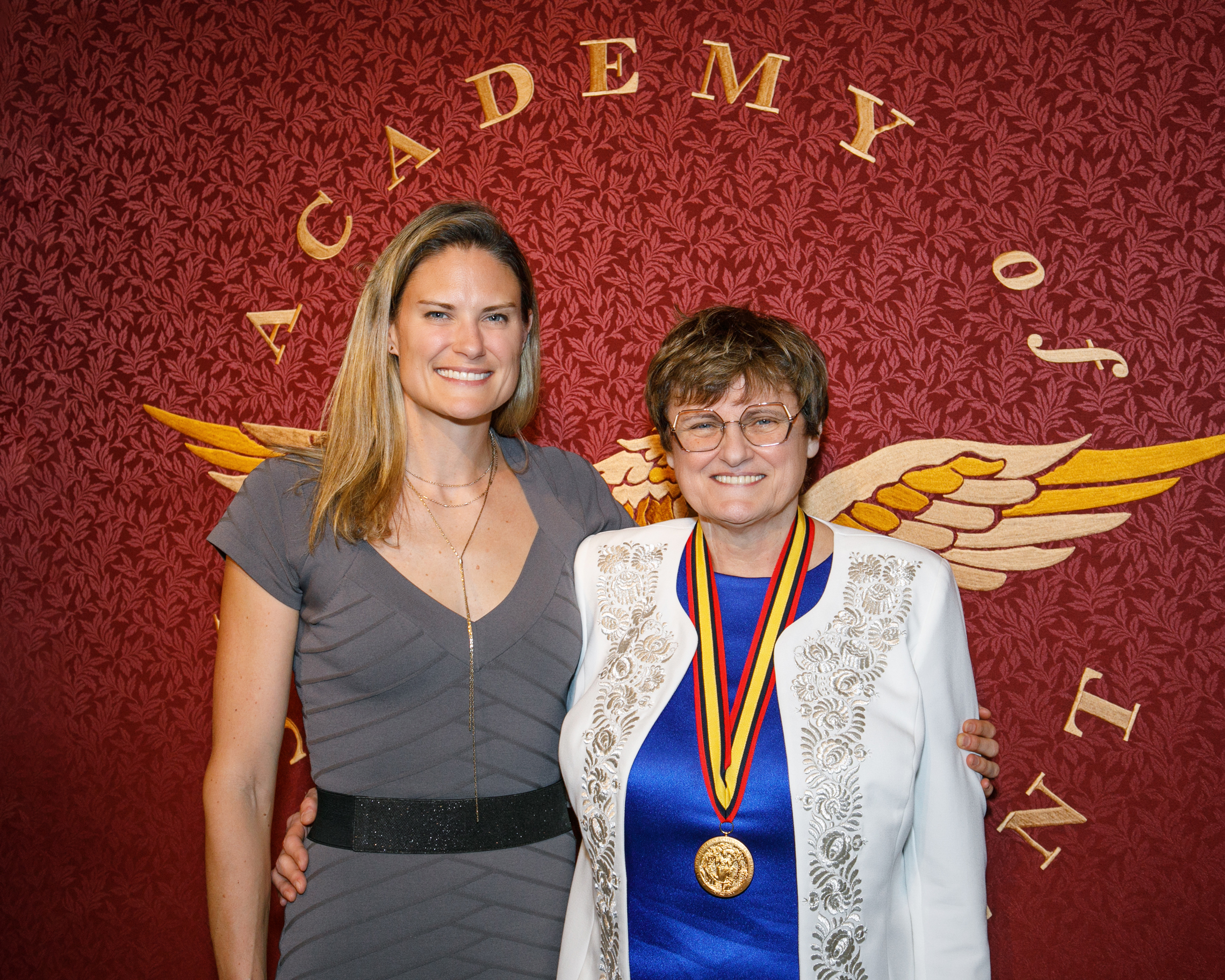
And then if you – If more protein is needed, more RNA is made, and translated. So it is, it is a messenger, which as the name says, carrying message from the chromosome to the protein synthesis place. To the cell where there are ribosome, that’s the protein machinery. And the protein is made. So this, this RNA carries all of the information necessarily for the protein to be produced. And the protein it will have, when it is producing it has the information to start to make the protein is where it should go, it should go out, it should go to other part of the cell where it has to be located. And so it is – When you make a protein from outside, somewhere in a tube, and you just put, put on the cell, even if you introduce to the cell, the protein wouldn’t know where to go because during the synthesis they will – where the synthesis occurring there is where the reading and introduction to the information where it should go happens. So this is why this RNA therapy potential is so great because you can deliver an RNA inside a cell, the protein is made inside a cell, and there it will know where to go. It might have to go to the nucleus, it might have to go to mitochondria, different compartment of the cell, and that’s the beauty of it.
Did you realize the potential of instructing cells back in the 1970s?
Katalin Karikó: I mean, I work with short RNA in the ’70s because I couldn’t make messenger RNA. I did the isolated only, but I could not synthesize for desire. And because we did work with the shorter RNA, which had this anti-viral activity, my thesis was to deliver inside a cell. And then, it was problematic how we could put a negative, because the RNA is negatively charged, and to put in a cell which surface is also negatively charged. So it won’t go in. So then I tested out all kinds of procedures that calcium phosphate co-precipitation was the name of one. One other was I had to give an osmotic shock to the cell and then it will actually suck it up, this RNA. But it was the short RNA and it did work. But, it couldn’t use in a human body. It was just cultured cells. You could do it because they survive and they reused protein.
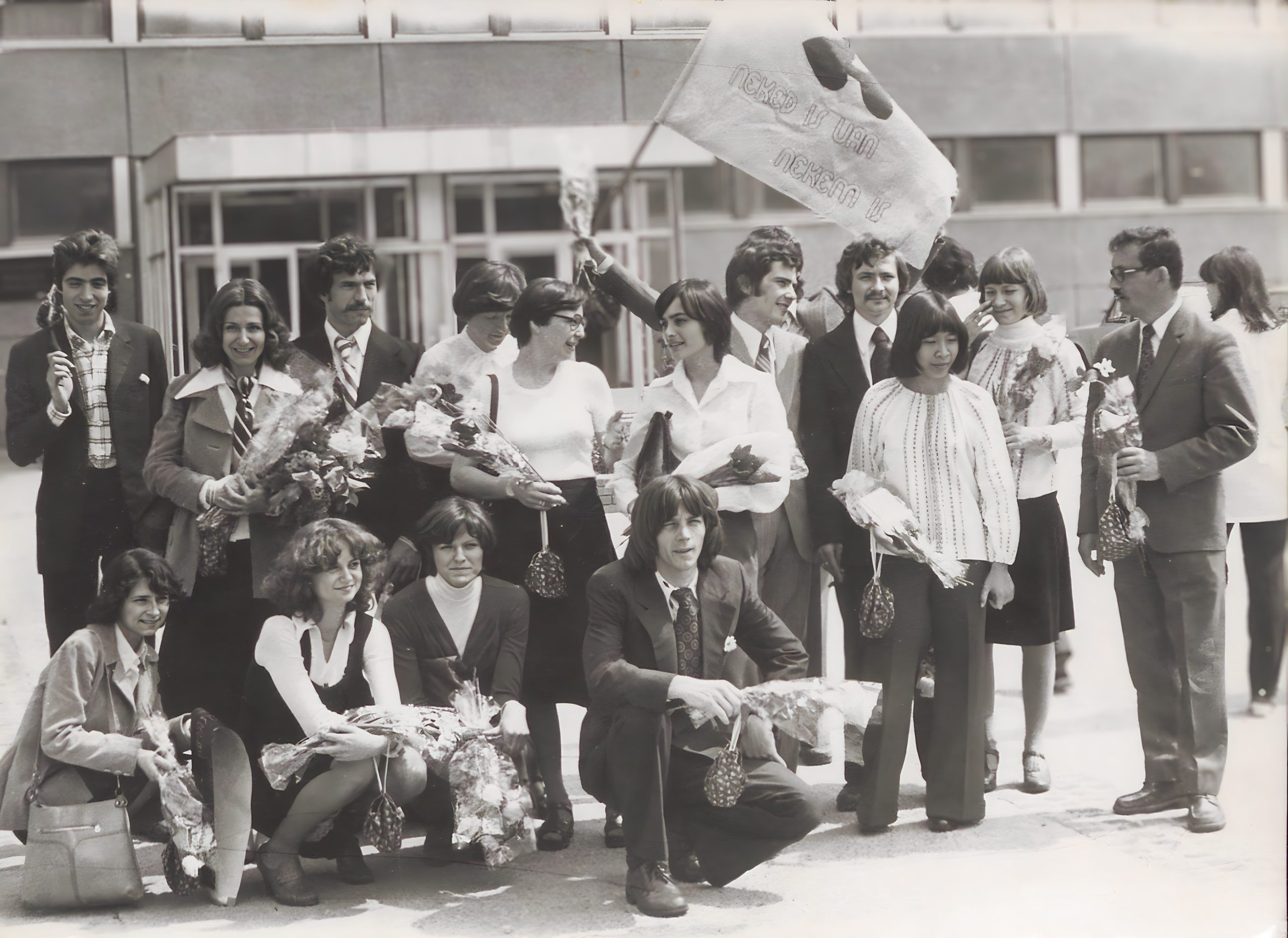
But what was interesting is that prior to my Ph.D. thesis work, as an undergraduate I worked in the lipid team. And we analyzed lipids in fish and with different chow, different material. But we had also a team in biochemistry who they wanted to have a phosphor lipid to generate liposome because they want to deliver different things into the cell. And Éva Kondorosi and Ernö Duda, who was the team leaders. And so I was interested in what they are doing. They were like published already in 1980. They put a nuclei, the whole nuclei in this liposome and delivered in another cell. So now, the other cell had two nuclei. So here they wanted to deliver DNA and a plasma DNA which code for a certain protein. So I participated in the project, isolated the phosphor lipids and we formed liposomes. We already followed studies published in ’78, published in Nature, so we are in the early ’80s. And we did plasmid. We put a lipid layer around. They call it liposomes. And we put on the mammalian cells and they picked it up, the DNA. Went to the nucleotide and the RNA were made, and the protein was produced, and we could detect the protein. So this was in my mind always when I could see some new progress was made for delivery materials. So, it is also very important that to start even as an undergraduate student just get exposed to some science and then you are thinking, hmm, how it is.
When did you realize you could instruct mRNA?
Katalin Karikó: This regenerated RNA coding for urokinase receptor. And that was important not to let the blood clot inside the blood vessel. So that has a role in it. And so, that – We just could make this – I made the mRNA, working with Elliot Barnathan, who was a cardiologist, and we delivered to the cell. And this receptor had to be very decorated with sugars and had to be processed to be functional. And we delivered the RNA. And voila, inside the cell, I knew what to do, how to formulate, how to decorate, and we could see that this receptor was functional.
We knew at that point and it was in the mid-1990s, like ’95, ’96 we did this experiment. We knew that the RNA would be good for something. That’s what we said. And I remember it was about the same time, before Christmas we were standing there in this gamma counter, because the light gun for this receptor was labeled with iodine, and then we want to see that could it bind, could it function on this receptor? Which we encoded by the RNA, and if it could bind then we could see radioactive material and measuring this gamma counter. And then we stand there and we could see that oh my God, we get high numbers. It could bind. And it was like all of this joy. I remember exactly how we stand there and one colleague, Alice Kuo, Elliot Barnathan, and me, the three of us we were watching. We did this experiment together. And of course I moved on to neurosurgery and we did more and more experiments. I did not realize that the RNA is inflammatory.
It’s not until I met Drew Weissman, started to work together, and in 2000 we realized that the RNA, what I was making, ten years I was working in, that caused inflammation in human cells. And that was the reason I said I wanted to use for therapy, for stroke, for blood clot inhibition and what not, and this is all for nothing because this is useless. And then the question that we asked with Drew, why, why it is? In our cells we have RNA, why? I think that the RNA I am making is very similar what is inside the cell. Is it because it’s coming from outside and sees our immune system as an invader, which turned out like that? And then it was the question, can we at all do anything and make it non-immunogenic? Because we didn’t know that. And so that’s what we started to work on with Drew Weissman. And we did a lot of studies and many, many things that, as a scientist, we don’t know that is it doable or not?
How did you meet Drew Weissman?
Katalin Karikó: I was working already ten years at Penn. And actually, I was working at cardiology, which was the Department of Medicine, but I moved to neurosurgery, but I still keep coming back to my friends and using also the Xerox machine because I knew the password there. And then I’d seen this new guy there and so I introduce myself that I am working here. And he said that he just arrived and he told me that he was working at NIH, and he wants to develop an HIV vaccine. And he worked with Tony Fauci, didn’t ring a bell, because I didn’t—I was not in that field and so I didn’t know who, who was doing vaccine research. And Drew was saying that he wanted to do vaccines and try different things. And I like to brag, and I brag about that, ‘Oh, I make RNA. I can make RNA. And if you want I can make it for you.’ And it was not by accident, by that time maybe he was the thirtieth person, I was offering to make RNA because I gave other people, and one or two person use it and published it, and I was also part of it. But most of the people, I was just offering, ‘Oh, I can do.’
They said, ‘Yeah, yeah, yeah.’ Because I was like pushing it and maybe probably still in their freezer, never used. Some people tried and didn’t work out and they told me so. But it was different with Drew because he tested out immediately and I made an HIV specific protein coding RNA, and he gave me the gene, and I clone into the right cassette, and made RNA. And he was so happy that this works. So all of this—All of this immunological marker went up, perfect vaccine, so much protein was made, and he was very enthusiastic about it. He said all of these inflammatory markers. I said oh, that’s not good for me. I don’t want inflammation.
I injected into the brain, maybe that is also, I did not see any effect that the RNA is not good, which I was doing. And I could see only when Drew tested out on immune cells, human immune cells, and then he added the RNA and the human immune cells made a lot of inflammatory molecules. And that was—I was worried. And today we know also that the human is much more sensitive to conventional RNA than the animals. So I did not see on animals the effect.
One question was that why is it inflammatory? And that we identified that, that it was uridine in the RNA actually. At that point first we did not know. We tried to understand. Okay, first we tried to understand why it is inflammatory, because it’s coming from outside. So those RNA, which is inside the cell, is not inflammatory. So we decided that we isolate those RNA which is inside the cell. Isolate and not try to put the immune cells, human cells from outside, is it, is it inflammatory now? You understand? So it mimicking like you have an injury, when you are just damaging your own cells, and we imagine that things are coming out from the dead cells, and immune cells are reacting for that. And this is really what happened. So the human immune cells reacted and they did the inflammatory molecules. What was surprising is the tRNA, transfer RNA did not induce any inflammatory molecules, and knowing that the tRNA has the most modified nucleosides in it, we were thinking that could it be that modification of the nucleosides is making the RNA non-immunogenic?
Katalin Karikó: We have to try that. So, we just have to make RNA with modified nucleosides. But how? Nobody had ever done that. So, figuring out how our body is doing. We are making from four basic nucleotides, our RNA. And then, different enzymes were modified. And more than a hundred modification is known in the RNA different nucleosides. For the enzymes, even the enzymes is not known, not that you can buy one, purchase order and then you can just change it to RNA. Okay, so we cannot do this way. So then we have to maybe purchase nucleotides who are already modified and try to incorporate. So, we looked at the literature. There was just one that was published in 2003, Sosa, he tried but just short RNA could be made. So we thought that we have to try and order different modified nucleotides, those which other people never tried, and we found that oh, we can make it. We can make a whole long RNA.
Now the question was whether we can translate it because for, either for vaccine or either for therapeutic protein code environment we need translation, we need RNA to be made to a protein. And then with all of these studies what we have done with the modification, we found that uridine had to be modified. And when uridine was modified any different way we found that RNA was not immunogenic. So nature created RNA the way that uridine, if there is uridine in it, this is one of the four basic nucleosides in it then it is immunogenic. But when you modify, not. Now today we understand there were Toll-like receptor 8. There is one receptor human has, actually mouse do not have that, and this is in the endosome of the immune cells. And when they pick up a sample, which is RNA, and they degrade, the uridine, just the nucleoside itself can activate this receptor. And when it is activated you get inflammatory molecules. So today we understand the mechanism, but at that time we didn’t know. It was very empirical. But we understand that if we modify it and we could make these nucleoside-modified RNA by ordering the nucleotides, today everybody knows this is how to do it, but at that time nobody knew it. And then we made and that was it.
And of course, again, we realized that we had to purify it. And again, nobody ever described how to purify. So we spent like two, three years figuring out how to purify. And one New Year’s Eve I remember I was in the lab, because I had another idea, and then New Year’s Day I went back to the lab to double-check something that maybe this way can do it. And it couldn’t be, but I was very happy. I told my husband, ‘Nobody was there. I could park right at the door. Nobody, nobody was working on New Year’s Day.’ So it was – And working, working and finally actually Drew solved this problem with the HPLC, come up with a column that we could purify the RNA, and we could make an RNA, absolutely non-immunogenic. And so we knew that it would be good for therapy.

